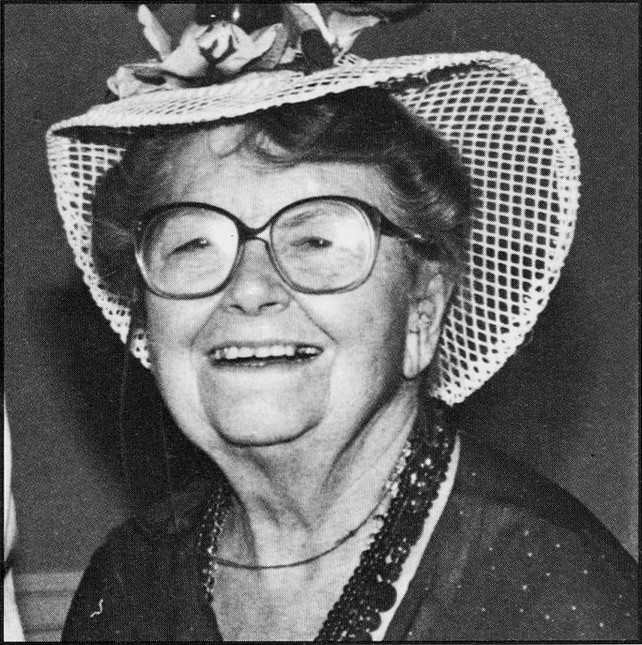Victoire Lespinasse, MD, 1910-1987
By Emma Florio, Special Collections Library Assistant
 |
|
Lespinasse's medical school class of 1936 portrait, Galter Library Special Collections. |
Victoire Lespinasse was born on July 11, 1910, into a Chicago family with strong ties to Northwestern University Medical School. Her father Victor, a pioneer in urological surgery, earned his MD from Northwestern in 1901 and was a faculty member in the Department of Urology from 1904 until his death in 1946. As stated in her obituary, Lespinasse’s future was cut out for her before her birth: her father had once said, “It doesn’t matter if my first child is a boy or a girl, but by golly he or she is going to be allowed to practice medicine!”
Lespinasse earned her undergraduate degree from Northwestern in 1930 and her MD from Northwestern University Medical School in 1936.¹ Her internship was at Cook County Hospital, and she received residency training in obstetrics and gynecology at Trinity College in Dublin, Ireland, and in Hungary. Upon returning to Chicago, she went into practice as an obstetrician and joined the staff of Cook County Hospital as an associate in obstetrics in 1942. She also worked with her father in the Department of Urology at Northwestern University Medical School in the 1940s and published multiple articles, including one on the functions of the kidney. In 1946 she received an award from the American Urological Association for her research on the vena cava, which made operations for cancer of the kidney possible. In addition to this work, she studied with Charles Huggins, a cancer researcher (and future Nobel Prize Winner) at the University of Chicago who specialized in prostate cancer.
In the 1940s Lespinasse moved to Elgin, a western suburb of Chicago, and practiced there as well as continuing her practice in Chicago. Around this time she married interior designer William Carroll and had two sons. Carroll died only ten years after they married. Lespinasse had a special interest in helping marginalized communities who had less access to medical care, in particular the Hispanic community in the Elgin area. Lespinasse was also an early proponent of natural childbirth and paternal participation in childbirth, at a time when childbirth was highly medicalized and fathers were not even expected to be present in the delivery room.
 |
|
Lespinasse in one of her signature hats, from Ward Rounds. |
She also organized and advised prenatal care groups at the Elgin YWCA for 20 years. Lespinasse was a founding member of the Pan American Medical Women's Alliance and was active in the American Medical Women’s Association for over 30 years.
According to her obituary, Lespinasse was known as a free thinker who could be identified by her Volkswagen Beetle and her wardrobe of big hats and brightly colored clothing. After her retirement in 1982, she spent time exploring her French heritage and studying French art and literature. In 1986, Club Guadalupano, a civic and cultural organization in Elgin, honored her for her work with the Hispanic community. Lespinasse died in Elgin on September 13, 1987.
Endnotes
1. At the time, Northwestern, like many co-ed medical schools, had a quota on female students and Lespinasse was one of the four women accepted into her class.
Selected References
“Victoire Lespinasse mixed innovation with plenty of heart.” Ward Rounds 4, no. 4 (Winter 1987-88): 32-33.
“Victoire Lespinasse, physician.” Chicago Tribune. September 20, 1987.
Updated: March 15, 2023